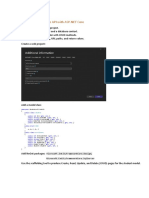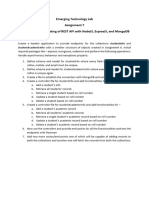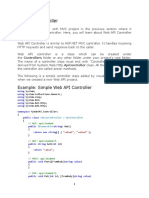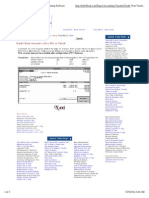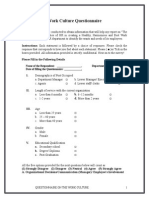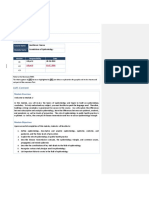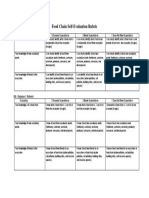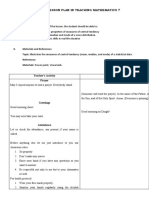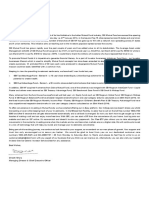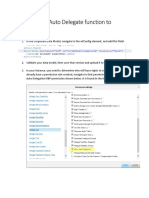0% found this document useful (0 votes)
25 views3 pagesKey Takeaways - APIs in C# - Create A Student Management API
This document outlines the process of creating a Student Management API using C#, covering key tasks such as setting up the API project, building the data layer, and creating various API endpoints for retrieving, creating, deleting, and updating student records. It provides specific commands and methods to be used, including the use of Swagger for documentation and Entity Framework for database interactions. The document serves as a comprehensive guide for reinforcing the skills learned in the guided project.
Uploaded by
nguyenductuan11012003Copyright
© © All Rights Reserved
We take content rights seriously. If you suspect this is your content, claim it here.
Available Formats
Download as PDF, TXT or read online on Scribd
0% found this document useful (0 votes)
25 views3 pagesKey Takeaways - APIs in C# - Create A Student Management API
This document outlines the process of creating a Student Management API using C#, covering key tasks such as setting up the API project, building the data layer, and creating various API endpoints for retrieving, creating, deleting, and updating student records. It provides specific commands and methods to be used, including the use of Swagger for documentation and Entity Framework for database interactions. The document serves as a comprehensive guide for reinforcing the skills learned in the guided project.
Uploaded by
nguyenductuan11012003Copyright
© © All Rights Reserved
We take content rights seriously. If you suspect this is your content, claim it here.
Available Formats
Download as PDF, TXT or read online on Scribd
/ 3














